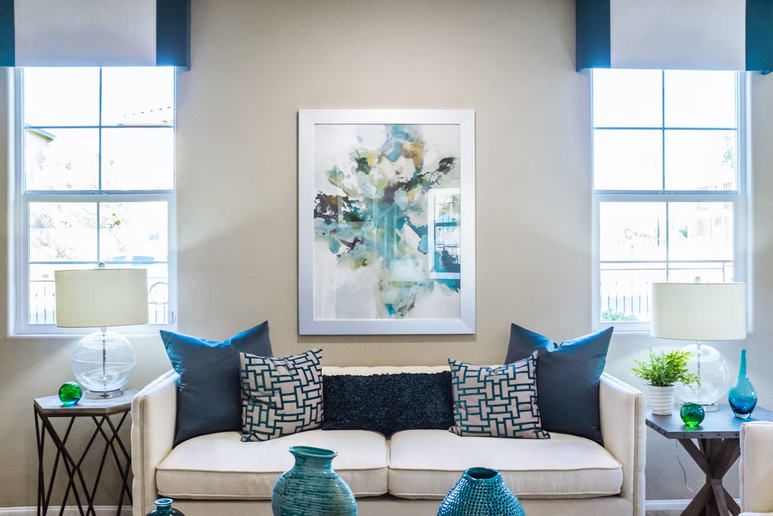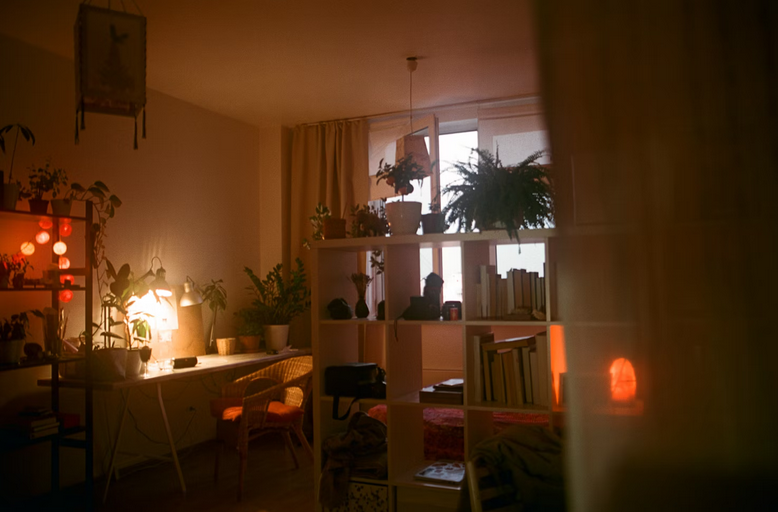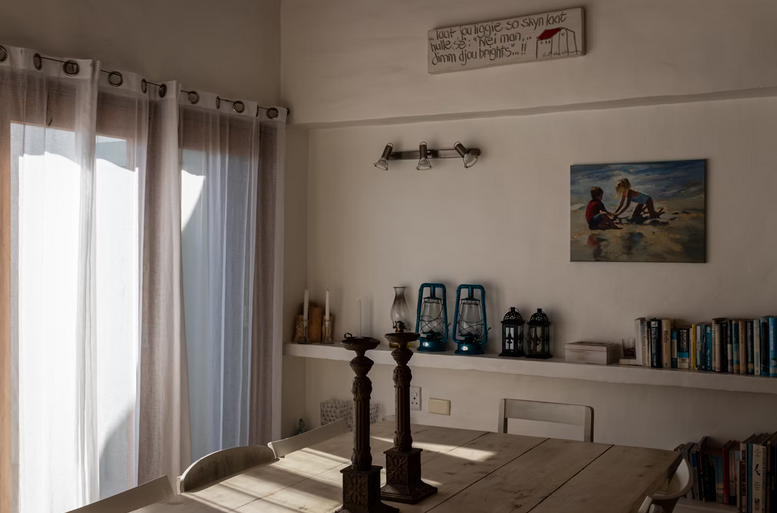
Choosing the right color palette for your home can feel overwhelming, but with the right approach, it can be an exciting and rewarding experience. The colors you choose will set the tone for your space, influence the atmosphere, and even affect your mood. Whether you’re decorating a cozy bedroom, a lively living room, or a functional kitchen, picking the right colors can make all the difference. But if budget is somewhat an issue, here’s a guide to Home Interior Design on a Budget.
Start With the Room’s Purpose
Every room in your home serves a different purpose, and this should influence the colors you choose. For example, bedrooms are often places of rest and relaxation, so soft, calming colors like pastel blues, greys, or light neutrals are great choices. In contrast, a kitchen or dining area might benefit from vibrant colors that stimulate appetite and energy, such as rich reds, oranges, or greens. Living rooms are often multipurpose spaces, so a balanced palette with a mix of warm and cool tones can create a welcoming and versatile environment. Consider the mood you want to create in each room: calm and serene for bedrooms, energetic and engaging for playrooms, or warm and inviting for living spaces.
Consider the Size and Lighting of the Room

The size and lighting of a room play a significant role in how colors will appear. Dark colors, like deep blues or charcoal greys, can make small rooms feel cozy and intimate but may also make them feel smaller. If you’re working with a small space, lighter shades like soft whites, pale yellows, or light greys will help the room feel airy and open. On the other hand, large rooms can handle darker tones, as they won’t make the space feel too enclosed. Lighting is also important to consider. Natural light can make colors appear lighter and brighter, while artificial lighting can give colors a different tone. If a room doesn’t get much natural light, go for lighter or warmer tones to keep the space from feeling too cold or dark.
Use the 60-30-10 Rule
A helpful rule to keep in mind when choosing your color palette is the 60-30-10 rule. This rule divides the color scheme into three parts:
- 60% of the room should be the dominant color, typically for walls and larger furniture pieces.
- 30% should be the secondary color used for smaller furniture, curtains, and accent walls.
- 10% should be the accent color, which brings in pops of contrast and can be applied through accessories like throw pillows, rugs, or artwork.
This balanced approach ensures that no single color overwhelms the space and creates a cohesive and visually appealing look.
Incorporate Your Personal Style

Your home should reflect your personality and style, so choose colors that resonate with you. If you’re drawn to earthy tones, consider warm browns, terracotta, and olive greens for a natural vibe. If you love minimalism, neutral colors like whites, beiges, and greys might suit your style. Consider your existing furniture and décor. If you have colorful art or patterned furniture, choose a more neutral palette for the walls to let those items stand out. On the other hand, if your furniture is more neutral, you can experiment with bolder colors on the walls or accents.
Create Flow Between Rooms
When selecting a color palette for your entire home, consider how the colors will flow from one room to the next. While it’s fun to have different colors in each room, creating a sense of continuity is key to making your home feel harmonious. A common approach is to choose one or two colors that will appear throughout your home in different variations. For example, you might use shades of blue in various rooms, from soft sky blue in the living room to deeper navy tones in the bedroom. This creates a sense of cohesion while still allowing for variety in individual spaces.
Test Samples Before Committing
Once you’ve narrowed down your color choices, it’s always a good idea to test out paint samples before committing to a full room. Paint a small patch on your wall and observe how the color looks at different times of day under both natural and artificial light. You might find that the color looks completely different than you imagined, and adjusting slightly can make a huge difference. You can also experiment with furniture, textiles, and accessories in the color you’re considering to see how everything ties together.
Choosing the perfect color palette for every room in your home doesn’t have to be stressful. By considering the purpose of each room, the size and lighting, your personal style, and how colors will flow throughout your space, you can create a home that feels balanced and inviting. Remember to use the 60-30-10 rule for a cohesive design, and always test your colors before making a final decision.…
